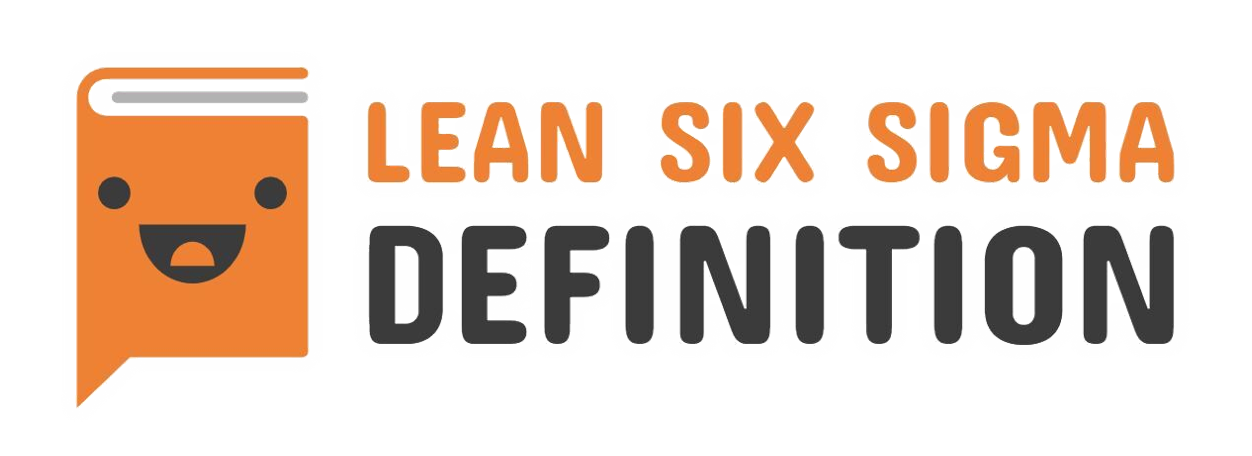Quick Response Manufacturing

QRM was developed by Rajan Suri, a professor at the University of Wisconsin-Madison.
QRM is rooted in the concept of Time-based competition (TBC) pioneered by Japanese enterprises in the 1980’s. It was first formulated by George Stalk Jr. in his 1988 article entitled “Time – The Next Source of Competitive Advantage.“
There are 4 core concepts of QRM:
- Realizing the Power of Time. Lead time is much more important than most managers realize. Long lead times create many organizational costs — much more than just WIP and Finished Goods! Such costs are four to five times labor costs. Shrinking these costs is a much bigger opportunity than reducing labor.
- Rethinking Organization Structure. QRM transforms traditional functional departments into an organization consisting of “QRM Cells.” Although the cell concept has been known for some time, QRM Cells are more flexible, more holistic, and apply outside the shop floor too.
- Exploiting System Dynamics. By getting managers to understand how capacity, batch sizes and other factors impact lead times, QRM enables them to make improved decisions that result in shorter lead times.
- Implementing a Unified Strategy Enterprise-wide. QRM is not just a shop floor approach, it is applied throughout the enterprise. This includes material planning and control, purchasing and supply chain, quoting, order processing and new product development. QRM provides a single, unifying approach for the entire enterprise.
QRM has some commonality with other improvement techniques, like Theory of Constraints, Lean, TQM, or Six Sigma. But the primary goal of QRM (no matter what tools are used) should always be to reduce the overall throughput time. Adopting QRM does not conflict with these efforts or make these past efforts obsolete. It also does not mean that you need to abandon other improvement efforts. In fact, adopting QRM will enhance existing improvement initiatives and take them to the next level.
Articles
Books
Additional Resources
- Toyota Production System (TPS & Lean Manufacturing)– creativesafetysupply.com
- Lean Manufacturing– lean-news.com
- Six Sigma Manufacturing : Waste Reduction and Process Enhancements– blog.creativesafetysupply.com
- What is Lean manufacturing?– iecieeechallenge.org
- Lean Manufacturing with 5S– hiplogic.com
- 5 Emergency Planning & Response Apps– safetyblognews.com
- Five Quick Hazard Communication Improvements– babelplex.com
- JIT – Just In Time Manufacturing Explained– kaizen-news.com
- Lean Manufacturing + Just-in-Time (JIT) Production– 5snews.com

